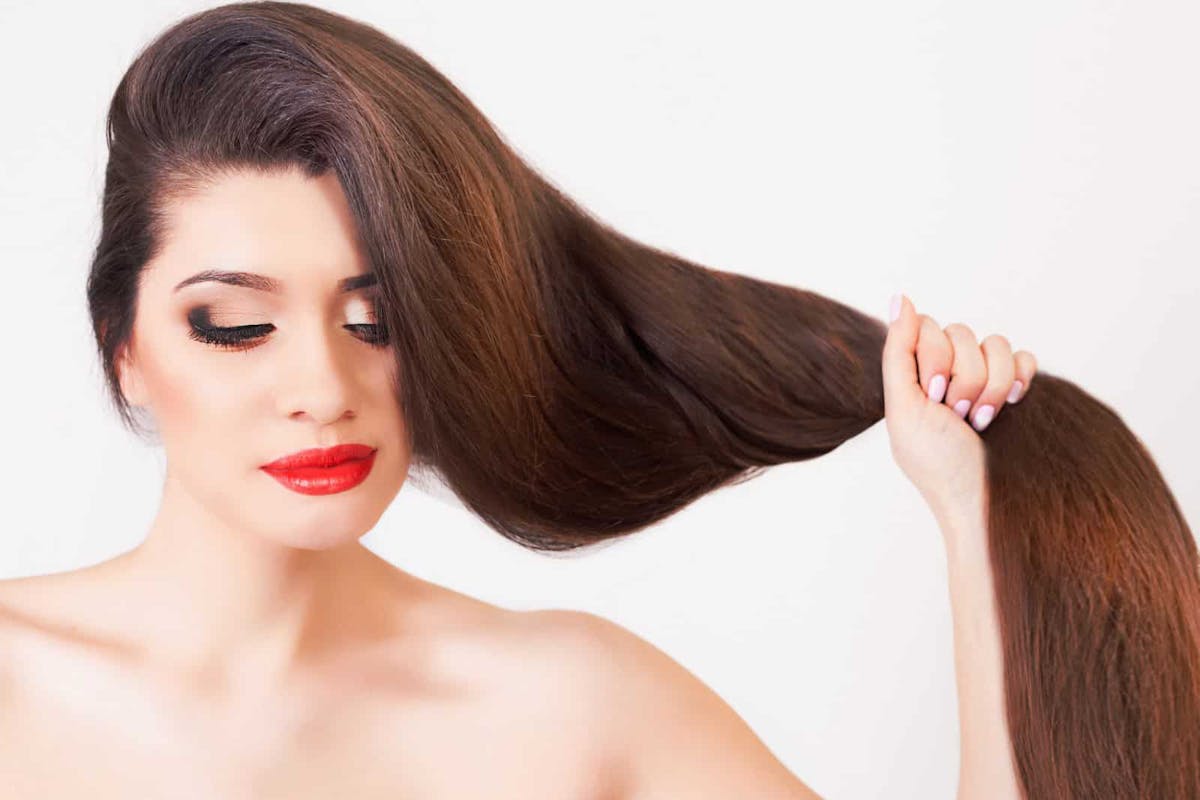With great hair, comes great responsibilities and protective hairstyles are a must for keeping that greatness. So buckle up, take your supplements with a big glass of water and read carefully. Nutrafol gives you some insight into which hairstyles will do the most good for your mane.
What are protective hairstyles and how can they be applied to your hair?
6 Min Read

Get hair, health, and science news delivered right to your inbox.
What are protective hairstyles?
When tucking away your ends, your hair is in a protective hairstyle. Tucking it away is important because your ends are the oldest and most fragile part of the strand. Washing it frequently and on regular basis, conditioning, styling, and de-tangling requires constant tugging on your hair, leaving it weaker and more exposed to damages. As a result, it is normal to experience some hair fall each time you touch your hair.
Protective hairstyles include hairstyles such as twists, braids, updos and wigs.
Braids
Braids come in all shapes and sizes and serve well as one of the protective hairstyles. They effectively hide your ends from potentially harmful effects of regular styling, manipulation, and the environment. Wear then loosely or as sections of hair gathered together along the scalp, laying closely to the head with no room for movement.
Twists
Many twists uses a two-strand braiding technique in which, like some braided styles, allow the hair to be separated in sections. Twists are versatile enough to be combined and pinned up, which also qualifies them as the third of the different protective hairstyles, the updo.
Updos
The updo – a hairstyle that calls for your loose hair to be tucked away, smoothed down, and out of your face. This look tends to be favorable during special occasions and formal events; nonetheless, it’s still protecting your ends from getting damaged.
Wigs
Cover your natural hair from root to tip with a wig and give your head and hair a much needed break from constant manipulation and styling. Do not forget to cover your hair with a satin or silk cap prior to placing the wig to prevent friction-based damage to your real hair. And do not forget to remove your wig every night to give your scalp a chance to breath.
French roll
The french roll is great to wear as a protective hairstyle since it is simple and elegant. The french roll can be done quick and easy and is suitable for any hair. Do not forget to vary the position of the hair pins, and do not pull to tightly on the nape or hairline when you create your french roll to prevent thinning and hair loss to this delicate regions.
Now that you know what protective hairstyle is and how you can apply it, Nutrafol can give you some insights on the benefits of protective hairstyles:
- Protection from the elements
- Maintenance of moisture
- Length retention
- Stylish look
Protective hairstyles are priceless in themselves. Besides a flawless elegant look, they keep your hair ends tucked and protected from aggressive damaging factors. But can you do more to boost the protective effect further? The answer is yes and this is how you can do it.
- Nourish your hair and scalp with natural oils or apply hydrating balms before styling your hair
- Let your hair dry overnight
- Wear a hat to protect your hair from high or low temperatures
- Sleep with a satin scarf on your head
Photo: suez92 by Flickr.